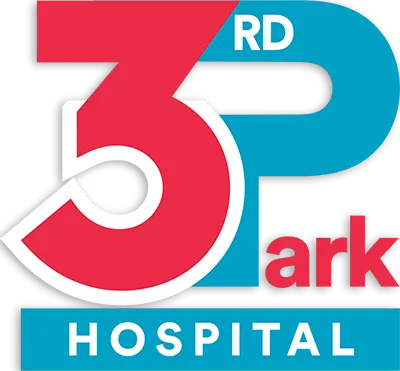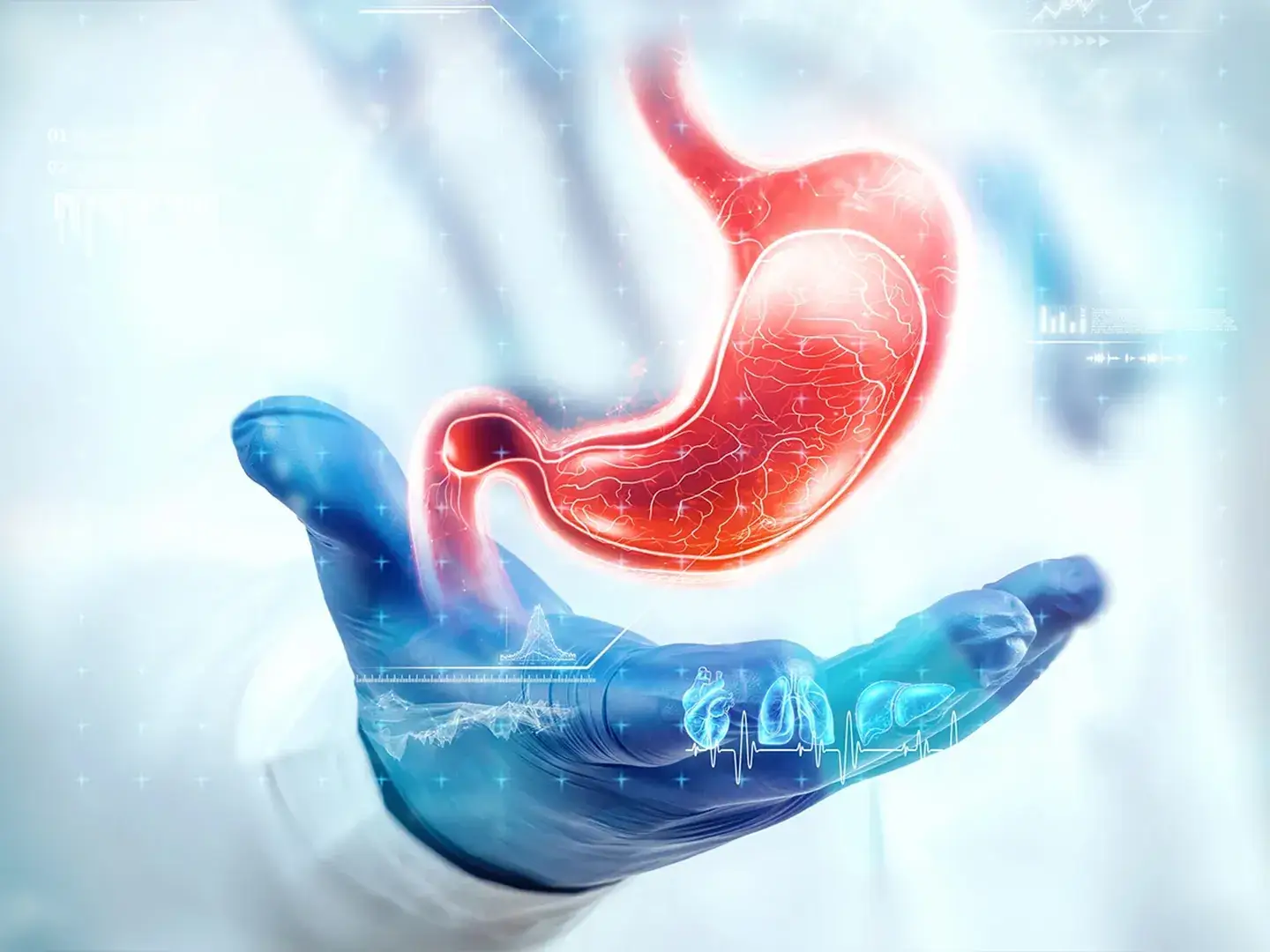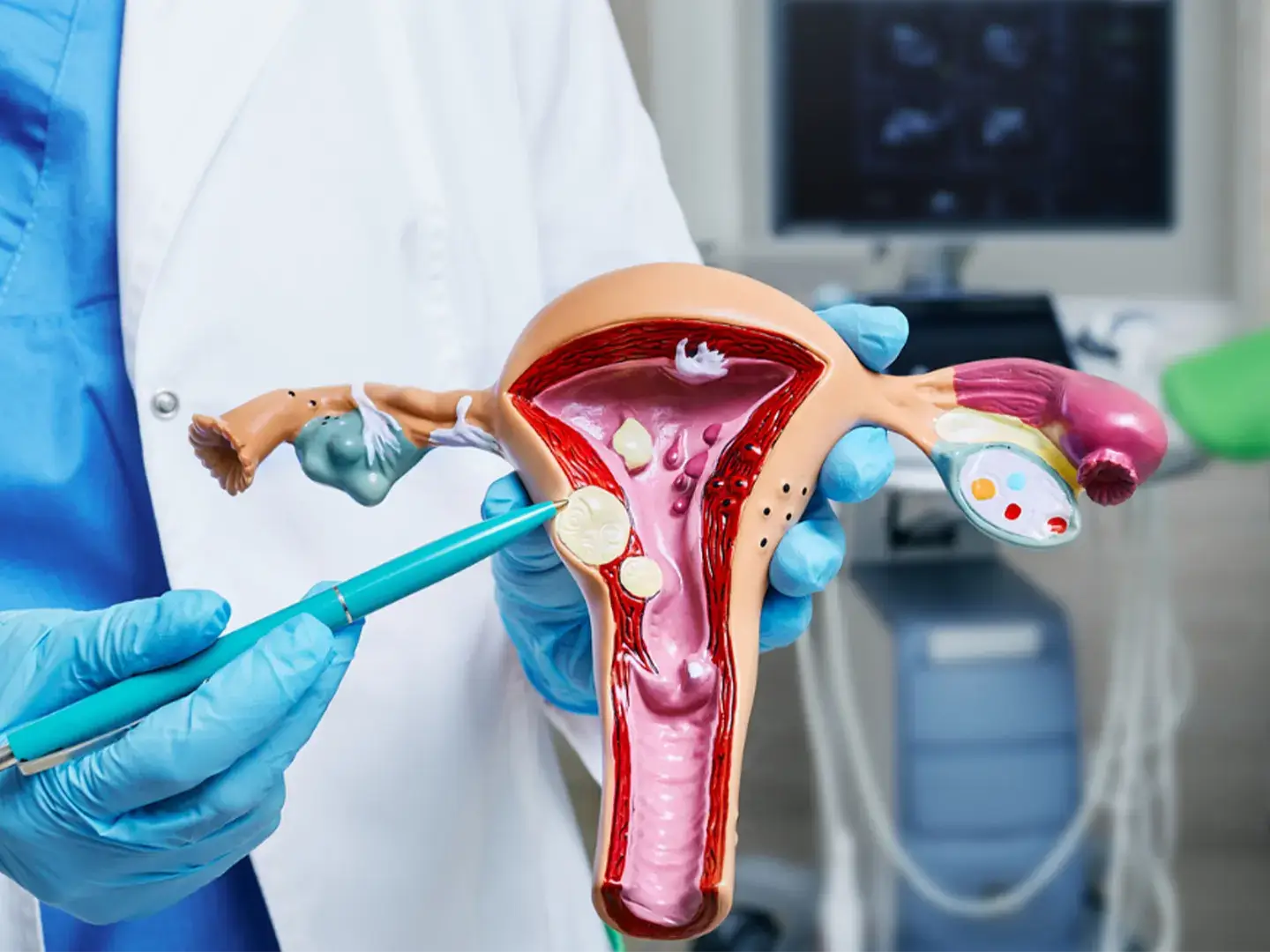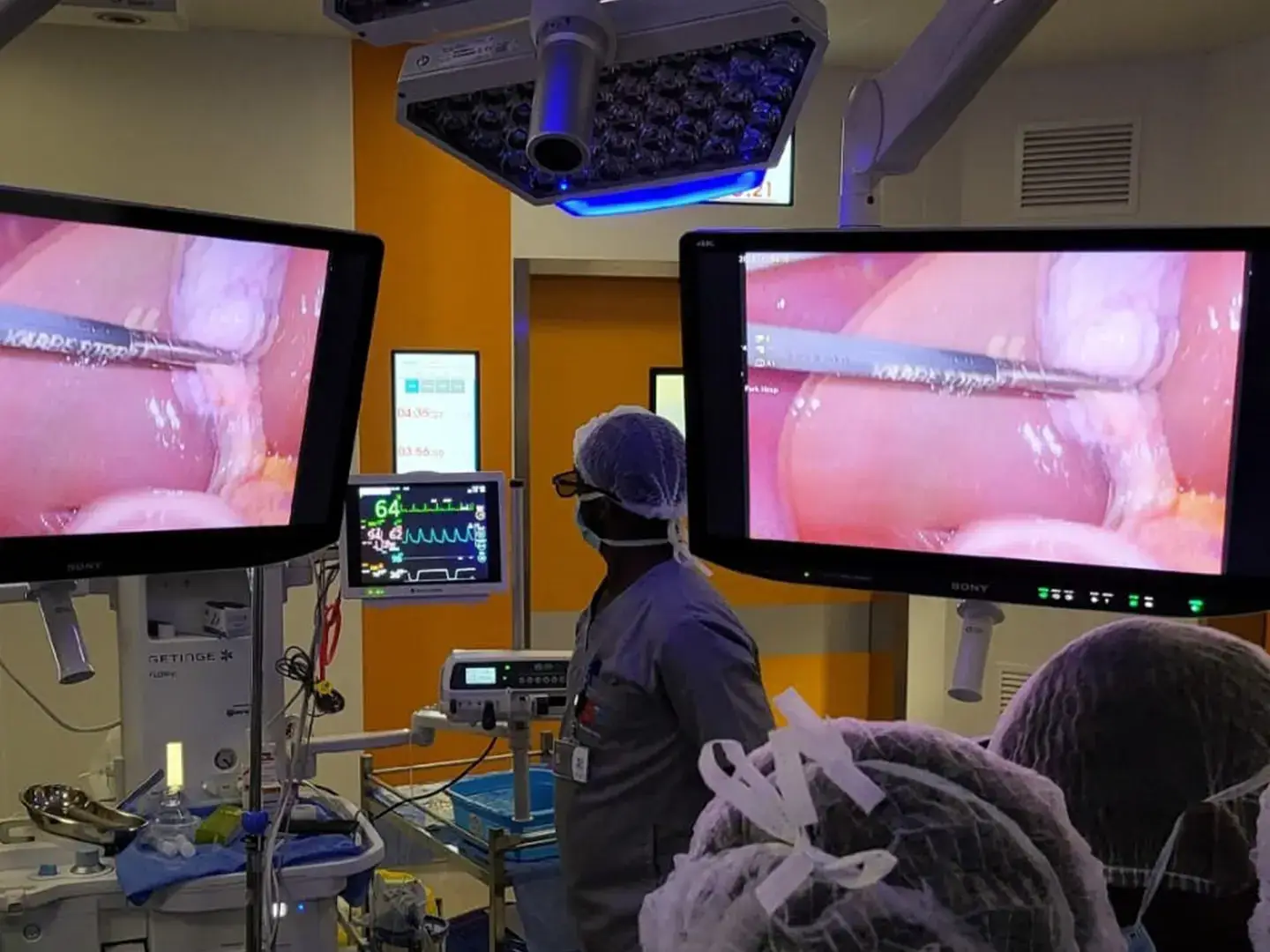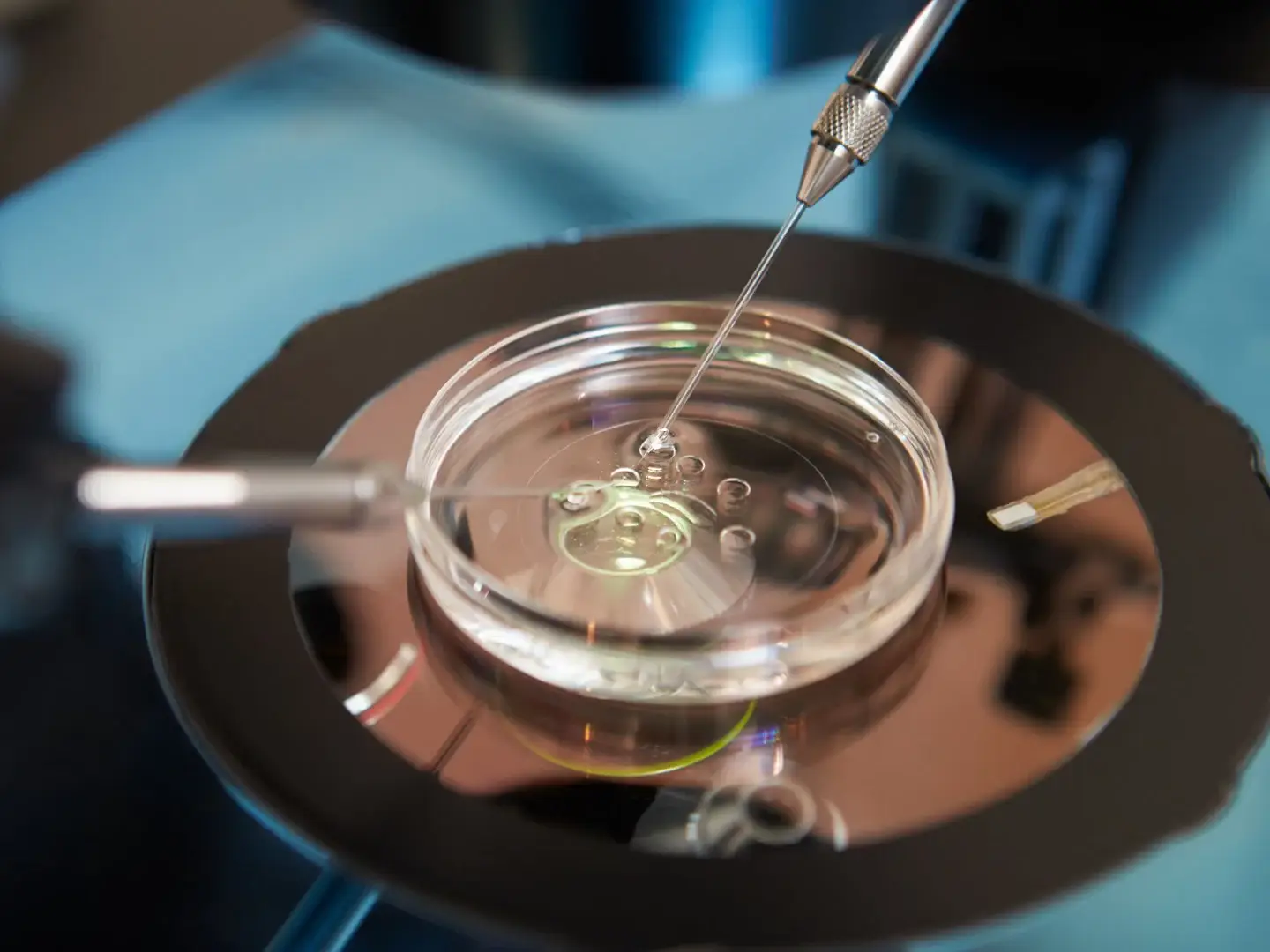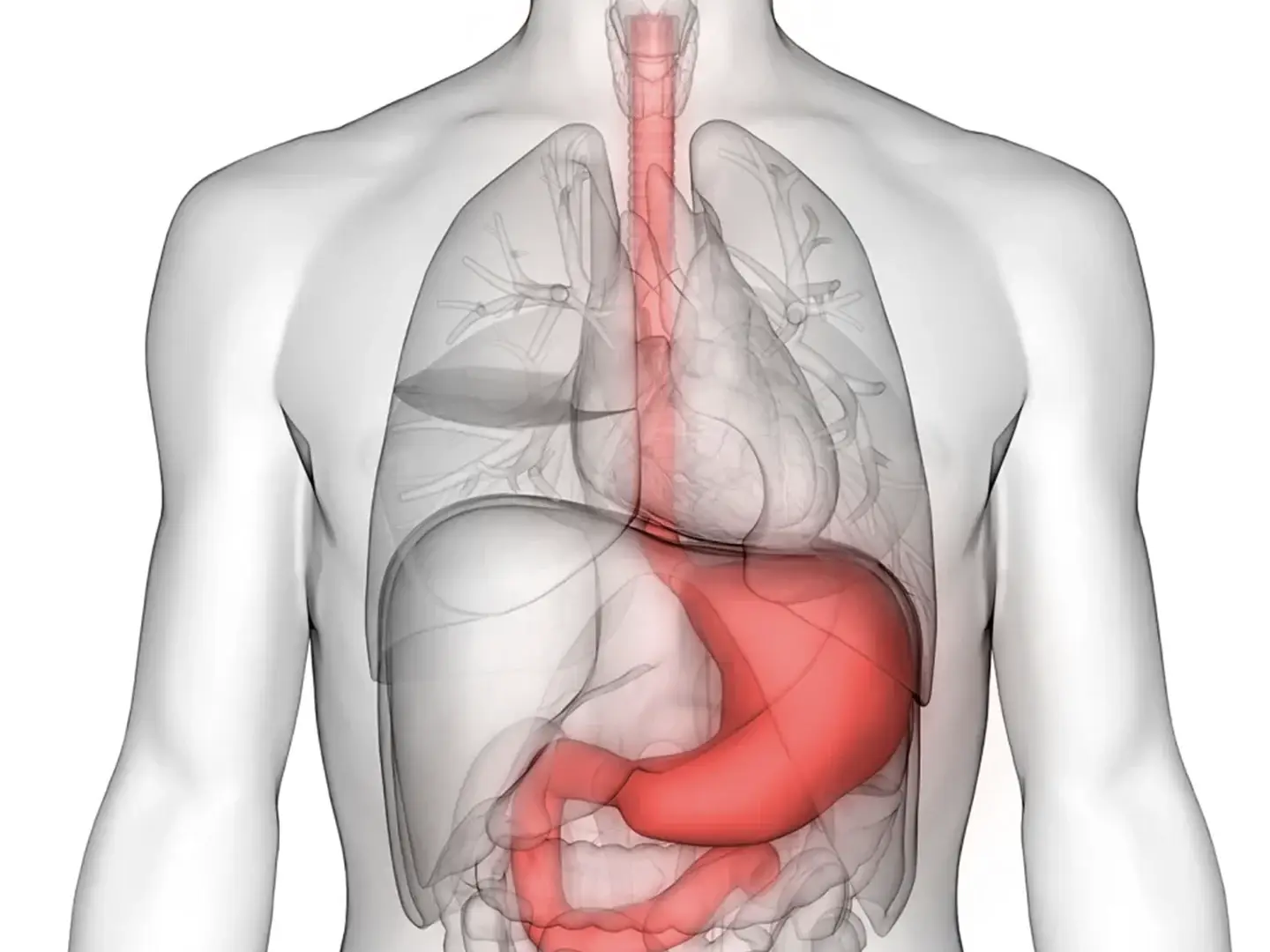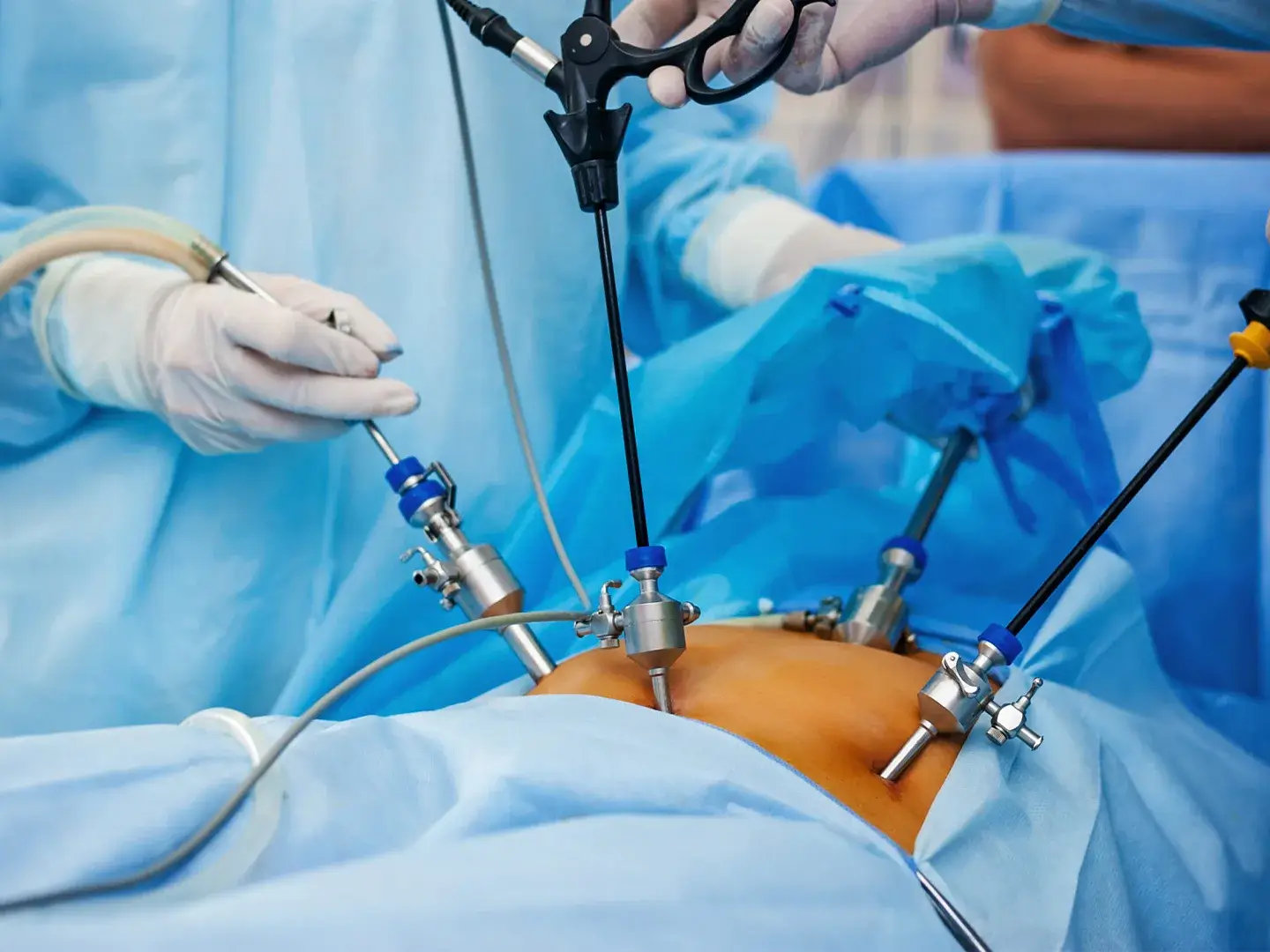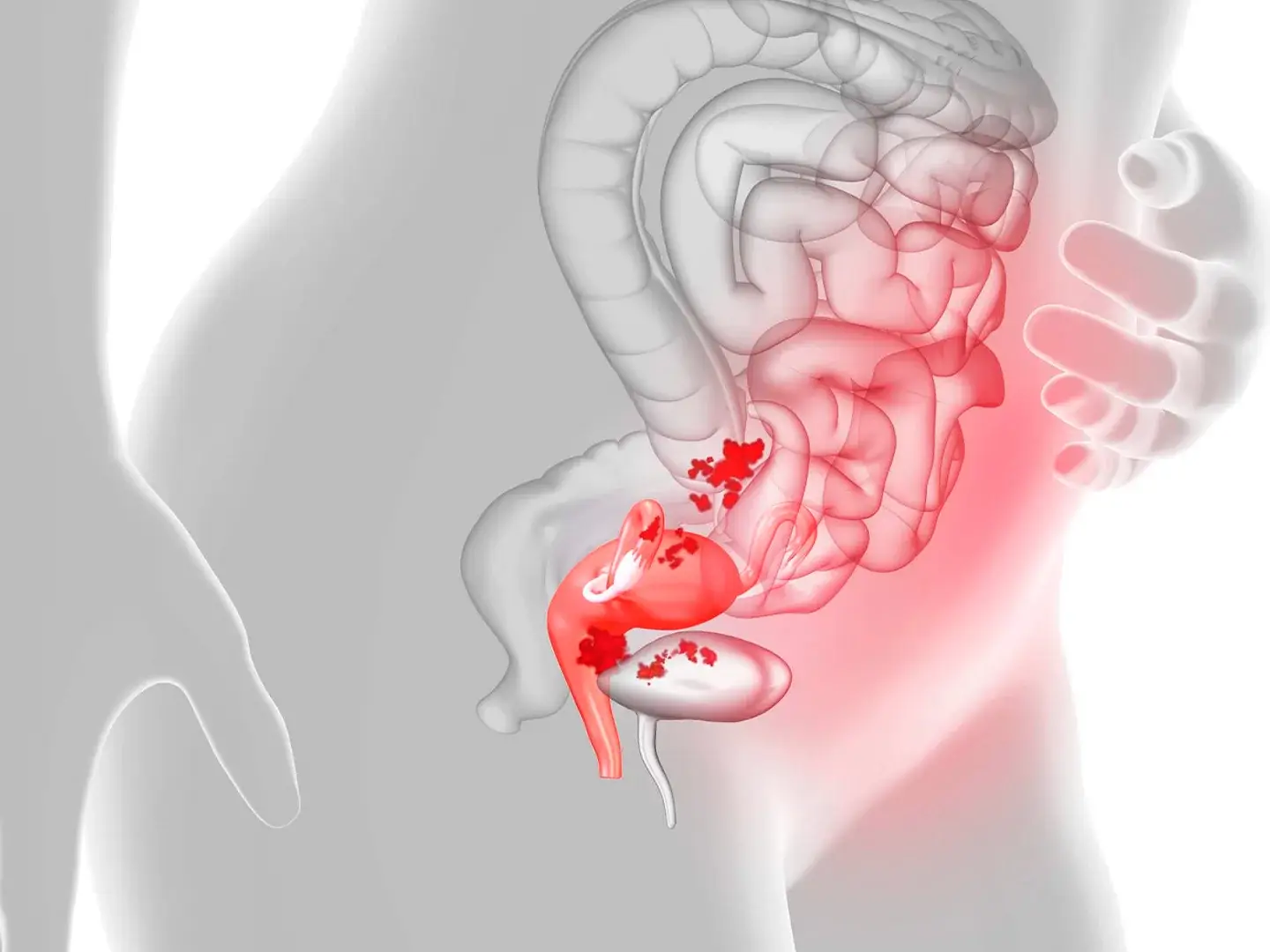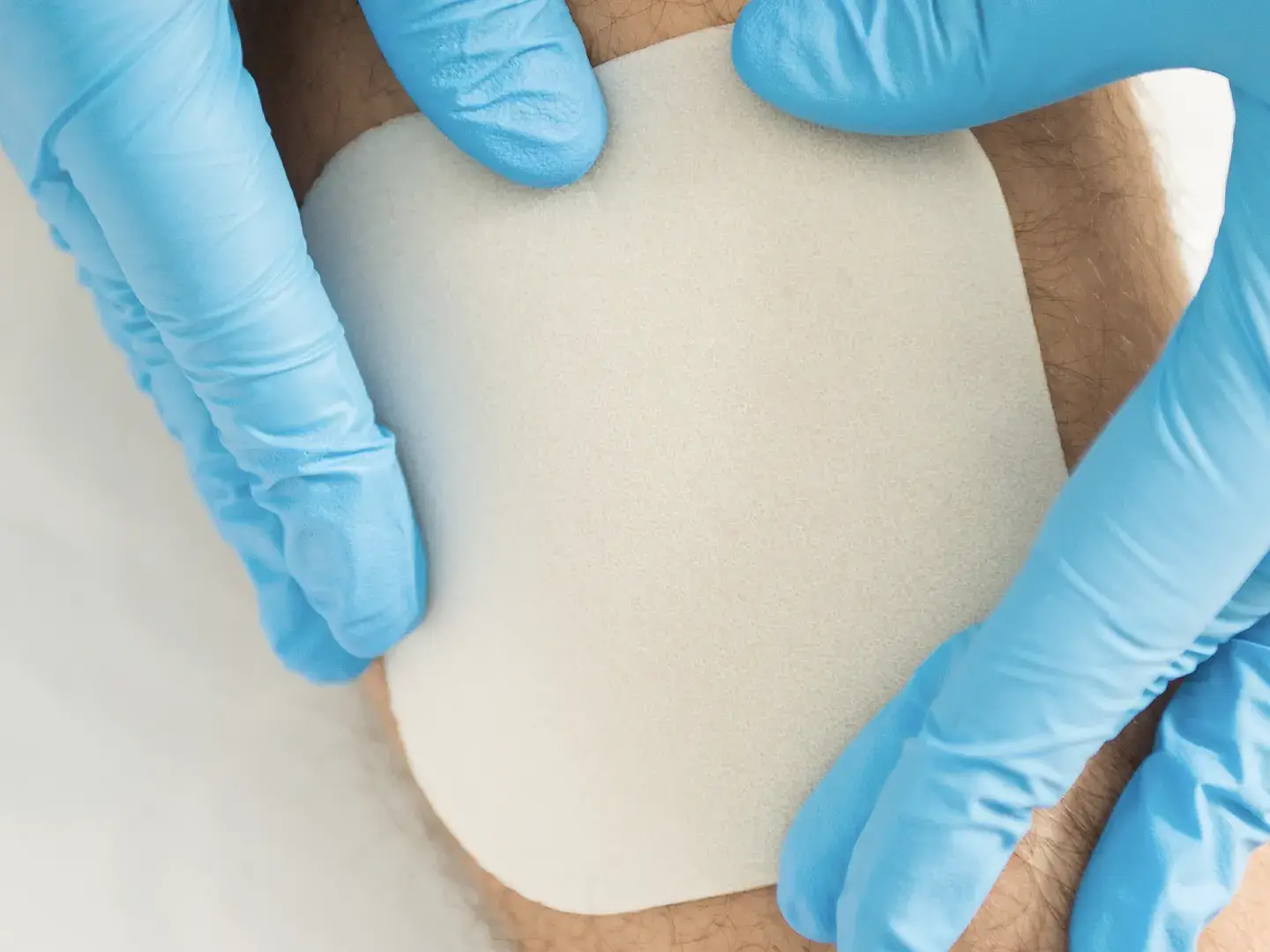What is Endometriosis?
Endometriosis affects up to 10% of women between the ages of 15 and 44. It most often occurs on or around reproductive organs in the pelvis or abdomen.
Affected areas include:
- Fallopian tubes
- Ligaments around the uterus (uterosacral ligaments)
- Liningofthe pelvic cavity
- Ovaries
- Outside surface of the uterus
- Space between the uterus and the rectum or bladder
More rarely, it can also grow on and around:
- Bladder
- Cervix
- Intestines
- Rectum
- Stomach (abdomen)
- Vaginovulvar
Endometrial tissue growing in these areas does not shed during a menstrual cycle like healthy endometrial tissue inside the uterus does. The buildup of abnormal tissue outside the uterus can lead to inflammation, scarring and painful cysts. It can also lead to buildup of fibrous tissues between reproductive organs that causes them to “stick” together.
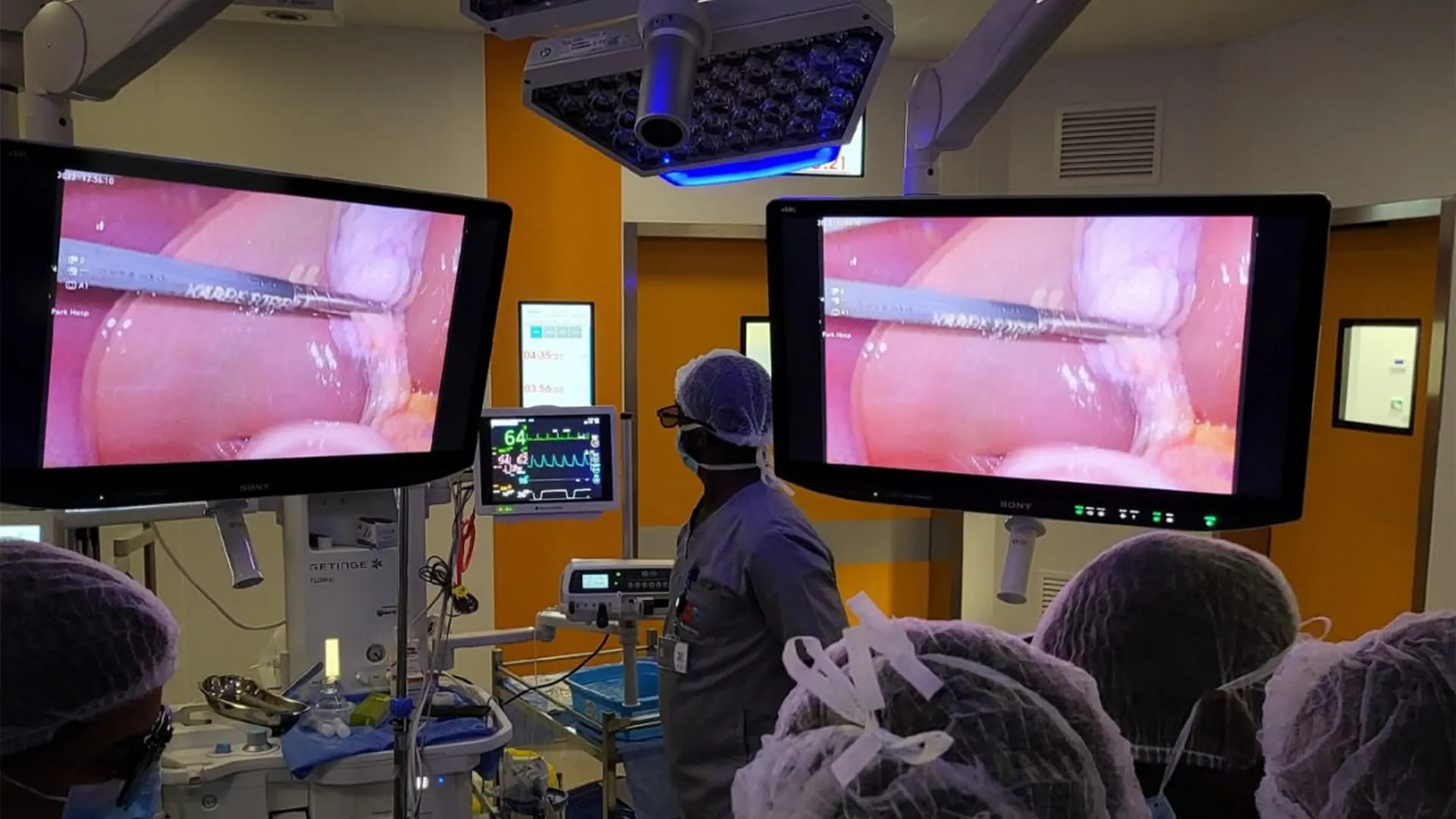
Endometriosis Causes
Doctors do not know exactly what causes endometriosis, but there are a few theories of what might cause it:
Endometrial tissues are transported to other areas
of the body through the blood or lymphatic systems, similar to the way cancer cells can spread through the body.
Endometrial cells may attach to the walls of the
abdomen or other areas of the body after a surgery, such as a C-section or hysterectomy.
Endometriosis seems to affect some families more often than others, so there may be a genetic link to the condition.
Endometrial tissue goes into the fallopian tubes and the abdomen instead of exiting the body during a womans period.
Other cells in the body may become endometrial cells and start growing outside the endometrium.
What you need to know about Endometriosis
- Endometriosis is derived from the word "endometrium", which is the tissue that lines the uterus. Patients with endometriosis have endometrial-type tissue outside of the uterus.
- Endometriosis affects an estimated 2 to 10 percent of women between the ages of 25 and 40.
- Women with endometriosis are more likely to have infertility or difficulty getting pregnant.
- Symptoms of endometriosis may include: excessive menstrual cramps, abnormal or heavy menstrual flow and pain during intercourse among other pain symptoms.
- Laparoscopy, a minimally invasive surgical procedure, can be used to definitively diagnose and treat endometriosis.
Endometriosis Symptoms
Pain is the main symptom of endometriosis. Endometriosis is very complex disease and the symptoms differ from person to person. Some endometriosis symptoms correlate with other medical conditions, making diagnosis even more difficult. The stage of the disease does not always correlate with the level of pain. Some symptoms of endometriosis are due to organs being affected directly or due to the irritation caused by endometriosis lesions.
Endometriosis can be symptomatic or asymptomatic, although, with the right questions / clinical investigations, an asymptomatic patient can become symptomatic. Also, in cases of asymptomatic (pain wise) endometriosis, if fertility is affected, then this becomes symptomatic, as infertility is one of symptoms of endometriosis. The pain can be cyclic or acyclic, but it usually gets worse during menstruation.
Common Endometriosis symptoms include:
- Pain before, during or after periods
- Pain before, painful ovulation
- Pain or bleeding with bowel movements
- Pain during or after intercourse
- Pelvic pain
- Painful urination
- Partial bowel obstruction
- Leg and back pain
- Right chest and shoulder pain during periods
- Bloating and severe lower abdominal discomfort
- Pain when breathing
- Pain when sitting down
- Fatigue
- Nausea and vomiting
- Heavy periods
- Infertility
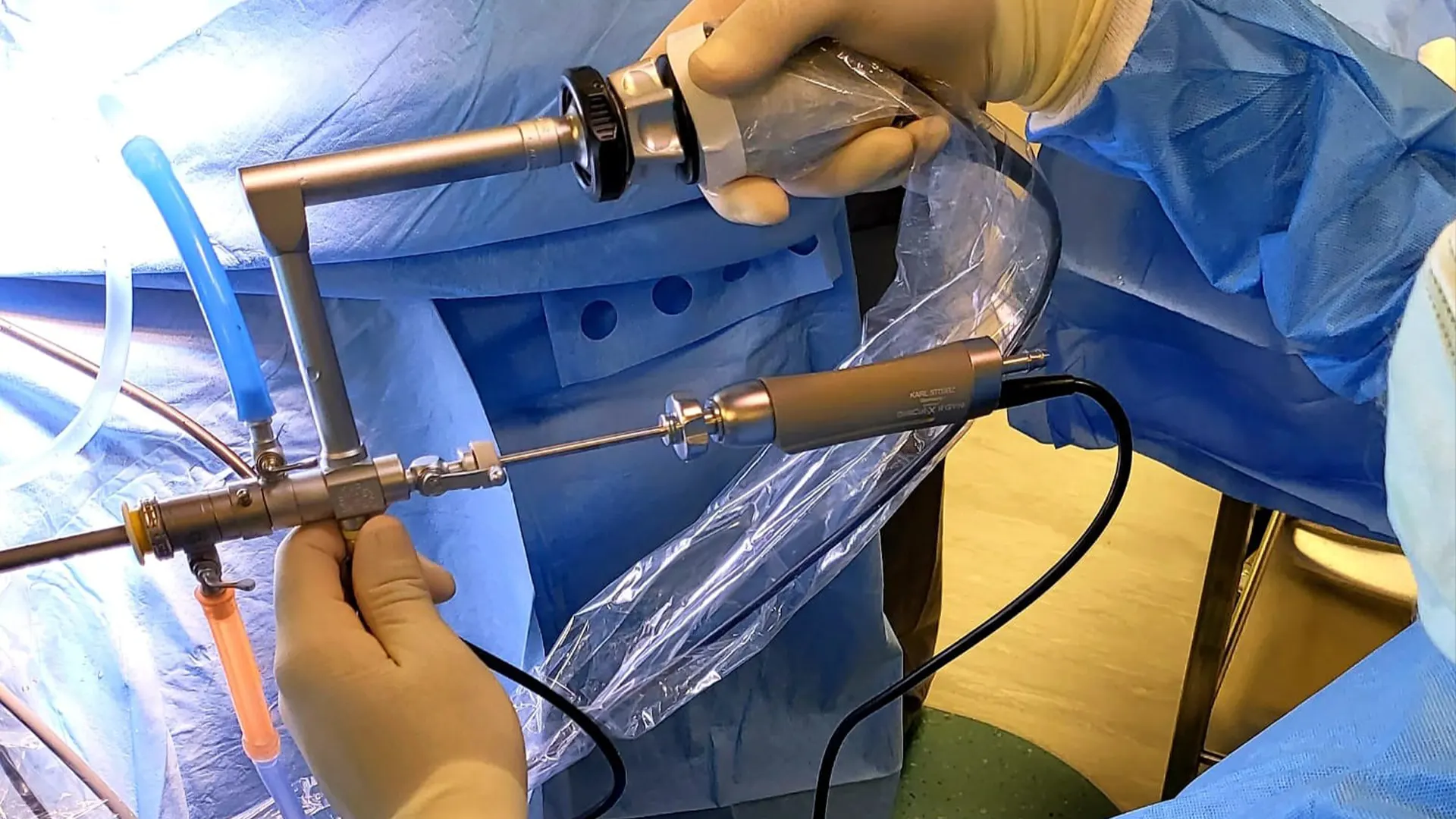

Endometriosis Pain
The most common endometriosis causes of pain are:
- Organ compression, tension, nerve structures - in the case of ovarian endometriomas, nodules.
- The appearance of fibrous tissue, which can also compress, infiltrate nerve tissue.
- Continuous discharge of inflammation mediators from nodules, lesions.
- The occurance of angiogenesis and nervous reshaping processes in the affected areas.
- Adhesions and fibrosis that may reduce organ mobility and ruptured cysts.
Specialized Medical Services in Kenya
Explore our services
Bariatric Surgery
Bariatric Surgery in Kenya, also referred to as weight loss surgery, is a category of surgical…
Uterine Fibroids
Uterine Fibroids (also called Leiomyomas or Myomas) are a common type of noncancerous (benign)…
General Surgery
General Surgery includes a core knowledge of anatomy, physiology, metabolism, immunology,…
Infertility and IVF with PGS
We can help you make dreams of parenthood become a reality. Our state-of-the-art fertility facility…
Gastroenterology and Endoscopic Procedures
Our gastroenterology services cover a range of conditions affecting the digestive system. We offer…
Laparoscopy
Laparoscopy is a minimally invasive procedure. Laparoscopies are used to diagnose medical…
Adenomyosis Treatment
Adenomyosis is a chronic painful condition, with growth of the inner layer of the uterus (aka…
Male Circumcision
Male Circumcision in Kenya is the surgical removal of the foreskin covering the tip of the penis.…
Wound Care Specialist Services
Wounds that are not managed well cause a lot of complications. At our hospital in Nairobi, we…
